Seeds - the Surest Sign of Spring!
Raw onion seeds, NOT pelleted, by hand.
Every year ICF orders hundreds of crop varieties totaling millions and millions of seeds. With the exception of potatoes (where we plant a chunk of an actual potato), our entire harvest of 2020 vegetables and flowers fit into a 6’ x 3’ x 2’ cabinet in their expectant seedy forms.
Most are familiar with the range of seed shapes and sizes from the grocery store (lima beans and poppy seeds are convenient extremes), and our seeds are even more diverse in size, shape, and texture than what we directly consume for food.
While we plant most of our seeds in their natural form (known as ‘raw’ seed), a few of them are manipulated to make them easier to handle and plant with such processes as polishing, size sorting, and -my favorite because of the syntax - decorticating (removing hulls). Often seeds are treated with synthetic fungicides and/or insecticides; as a certified-organic farm, we avoid these, but we do purchase a fair number of seeds that are coated to change their shape and size. This process, which involves building up a clay coating on the seed exterior to specific dimensions, can make an oblong or flat seed into a sphere of uniform size, which opens the door to much more accurate and speedy planting.
Notice the uniform shape of pelleted seeds. These are easier to drop into place using a cell seeder.
This winter, Jill has been crafting a simple cell drop seeder to make it more efficient to seed the thousands of cells for onions; at around 130,000 onion seeds, it’s nice to speed it up!
So what is a cell drop seeder? It’s a tool to help manage very tiny seeds such as onions and allows accurate and uniform planting of our 150-cell seedling trays.. Imagine a raw caraway seed but smaller, and consider the fine motor skill needed to manually put three seeds in each tiny cell; it takes a bit of time to do this correctly, while a cell seeder will do an entire tray in minutes!
Cell drop seeder. Note the little white balls in the holes on the top plate, with extras at top of photo. Jill will slide this plate to align with the larger holes in the bottom plate, allowing the onion seed to fall through onto the potting soil in the seedling tray.
The seeder consists of two pieces of thin plexiglass sheets, one atop the other, with 150 precision-sized and -spaced holes in each. To use it, Jill slides the upper plate holes slightly askew from the lower plate holes, then rolls the pelleted seeds of the matching size over the top. One or two seeds fall into each hole (depending on design), the excess collect off the edge of the top plate, and then Jill slides the upper plate so that its holes align with those in the bottom plate, and the seeds fall through into their intended cells in the seedling tray. Abracadabra — a speedy tray of onions!
We also use pelleted seeds in fields for a few crops, primarily carrots. Similar to the cell drop seeder, our tractor drawn vegetable seeders have belts with precision holes to match various seed sizes. Seeds are dropped and uniformly spaced in all rows, which ideally results in a row of crop exactly at our target spacing — not too crowded nor overly far apart.
The greenhouse will be opening soon, our summer staff will begin to arrive starting in April, and then it will be June before you know it!
Have you signed up for your summer share yet? In our early enrollment period 400 members signed up for a summer share which means we are about 60 % full! Don’t miss out. Sign up today.

